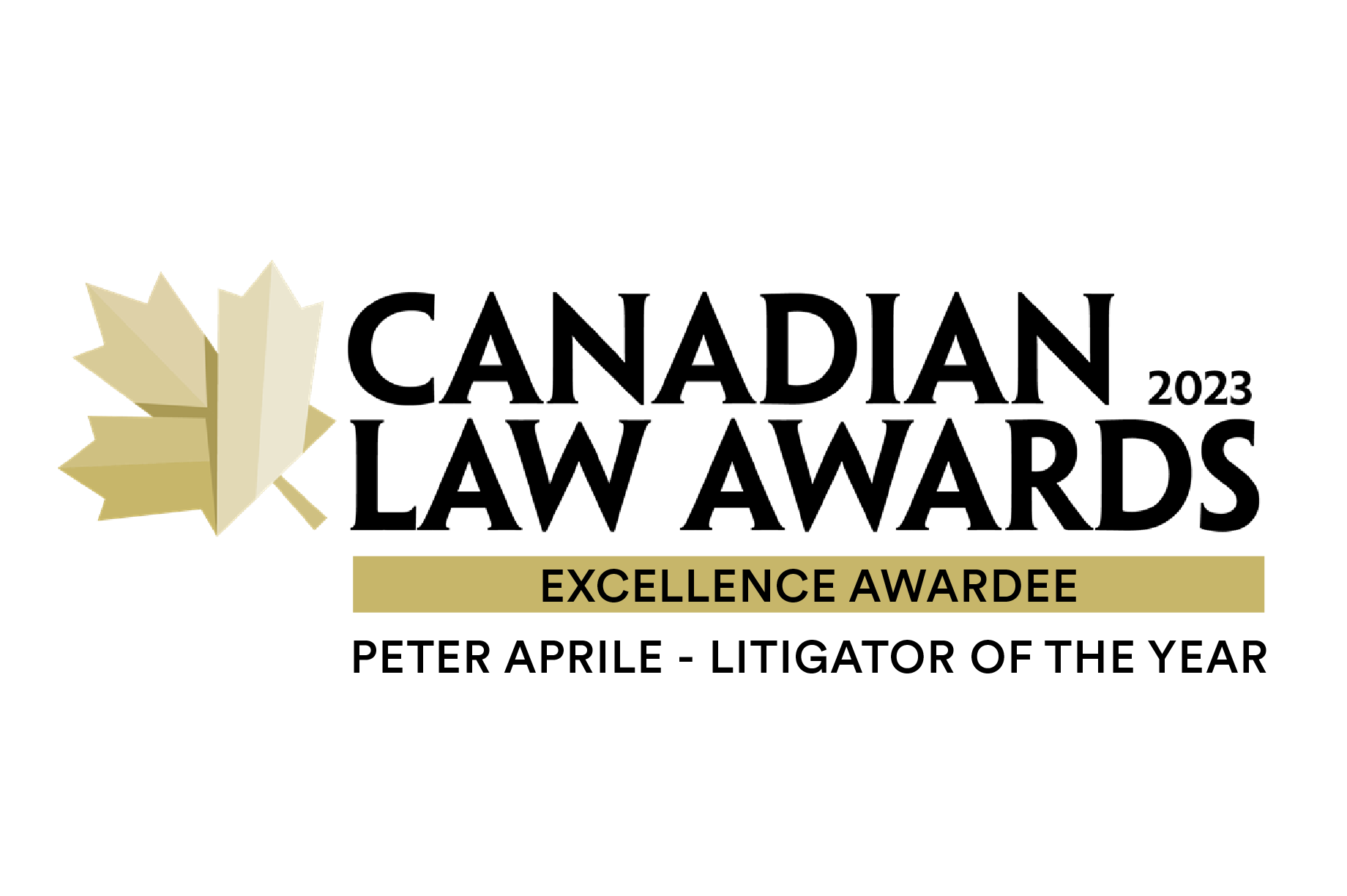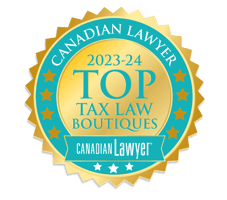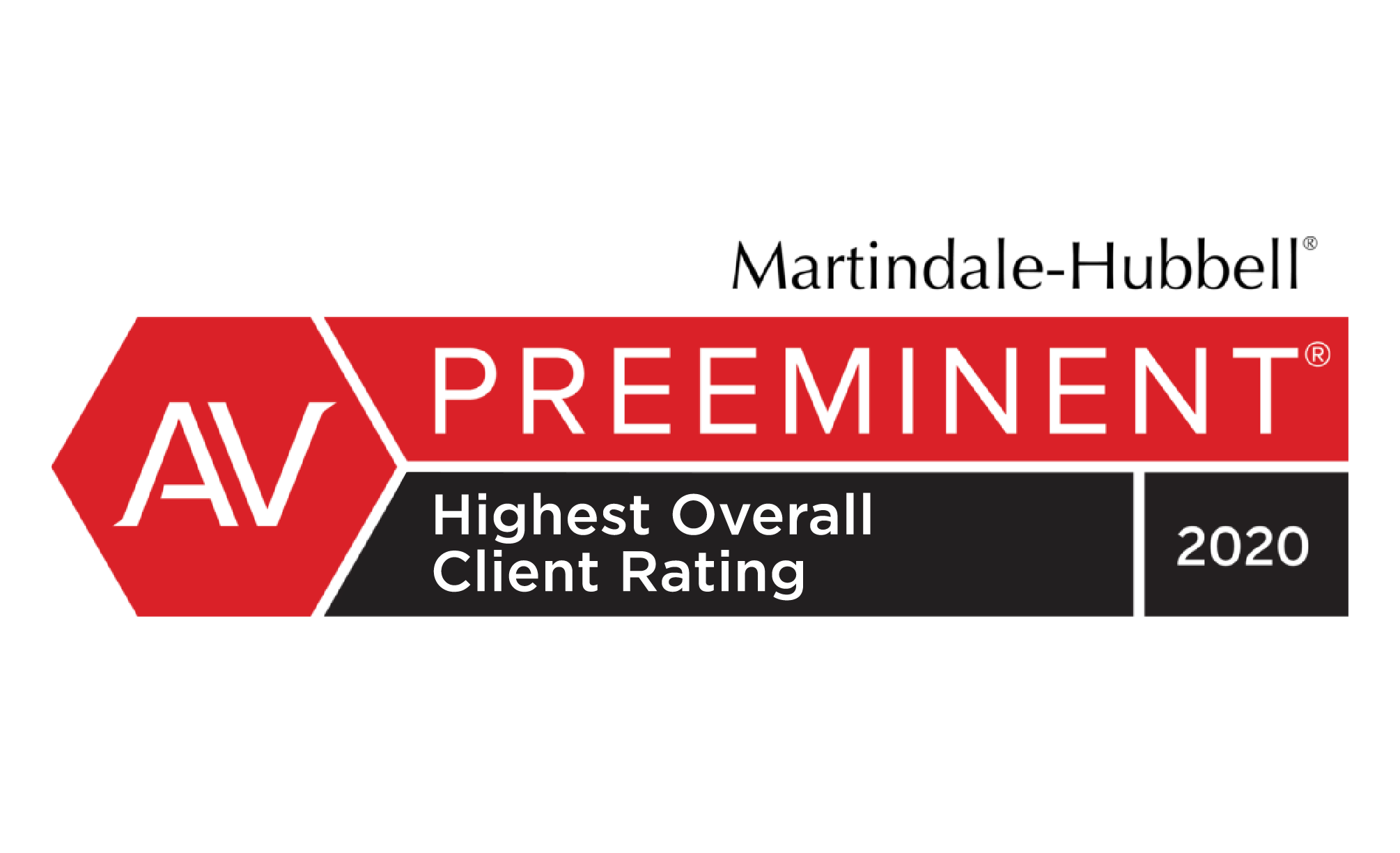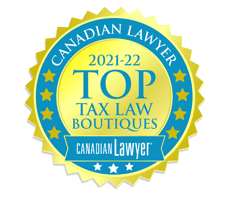
Key Points
- CRA can now compel sworn questioning. The Income Tax Act authorizes auditors to require oral testimony under oath during audits, bringing executives directly into the record.
- Early questioning shapes credibility and outcomes. Sworn answers influence how the CRA, auditors, and lenders interpret executive discipline, control, and the factual narrative.
- For CFOs, risk now centres on judgment. Audit scrutiny has shifted from compliance review to the optics and consequences of control—testing how leadership handles visibility before the board is informed.
A New Kind of Audit Exposure
Federal legislation granting the CRA authority to compel oral testimony under oath has redrawn the boundary between compliance and control.
What begins as a request for information can now become sworn evidence. The change transforms the audit from an administrative exchange into a test of management visibility and coordination.
Each answer under oath can shape not only the CRA’s assessment of accuracy but also how boards, auditors, and lenders read leadership's composure and control under pressure.
What is said and how it is said at this stage also begins to shape the CRA’s factual narrative. Early phrasing, tone, and emphasis often determine how auditors interpret intent, credibility, and eventual exposure.
How Oral Testimony Changes the Audit Dynamic
CRA audits once centred on written correspondence that could be reviewed and aligned internally before submission. Oral testimony removes that buffer.
Executives and staff may now be questioned in real time, under oath, often without transcripts or representation. Each statement forms part of a permanent record that can influence reassessment, settlement, and litigation.
| Previous Audit Practice | Current Audit Practice |
|---|---|
| Written, document-based correspondence | Sworn oral statements recorded at the audit stage |
| Limited penalties for delay | Daily penalties up to $25,000 for non-compliance |
| Executive awareness later in process | Executives questioned earlier, before reassessment |
| CRA testing information accuracy | CRA testing management credibility and coordination |
For CFOs, this new cadence compresses time and judgement. Leadership responses that once evolved internally now occur live, under oath, where every inconsistency can register as a coordination gap.
Each statement under oath also informs and reinforces the CRA's case theory. Comments intended as context can harden into assumptions that shape how facts are characterized throughout the audit cycle.
What Testimony Reveals About Management
The CRA’s questioning authority makes management behaviour observable. Auditors read these sessions the same way boards do—scanning for three indicators:
-
Visibility. Whether executives understand and control what is said on the organization’s behalf.
-
Sequencing. Whether finance, legal, and advisers align before testimony occurs.
-
Judgement calibration. Whether tone and reasoning convey discipline without defensiveness or excess explanation.
Disjointed or reactive testimony can increase risk and escalation, even when the underlying tax position is technically sound. It can also influence how auditors interpret intent and credibility, thereby affecting the CRA’s subsequent framing of transactions and positions.
Board and Lender Optics
Sworn testimony introduces a new visibility risk.
Statements under oath can affect how external parties assess management reliability and discipline:
-
Board confidence. Directors expect timely disclosure when executives or staff are questioned. Late notice can erode confidence in management control.
-
Auditor comfort. Assurance providers reassess tone and governance once sworn evidence becomes part of the audit trail.
-
Lender perception. Temporary penalties or reserves can delay transactions and raise questions about leadership stability.
Audit events that once stayed below board level now operate within the same visibility perimeter as financial reporting.
Assurance Credibility vs. Legal Defensibility
Accounting assurance demonstrates process integrity; oral testimony tests narrative integrity.
The CRA operates under tax law, not accounting standards, and may challenge positions that auditors previously accepted. An audited statement signals structure; sworn testimony exposes reasoning. When the two diverge, credibility weakens—first with CRA officials, then with boards and counterparties.
What is communicated during testimony can also influence how the CRA frames its reassessment and how later settlement discussions unfold. The tone of explanation and sequence of disclosure can shape the boundaries of what appears defensible.
Inside the CRA’s Operating Model
This authority aligns with the CRA’s broader shift toward outcome-driven enforcement.
Audit teams are now measured on yield and documentation completeness. Sworn questioning accelerates fact-building and reduces ambiguity.
For companies, exposure now accumulates throughout the audit process itself. Each interaction contributes to the evidentiary record that later shapes leverage and resolution options.
The Leadership Turning Point
The first oral testimony under oath no longer qualifies as a procedural matter. It functions as a practical test of management control.
How CFOs and their teams handle early sessions, including how they frame the narrative and position, determines whether the organization and its position appear credible and disciplined.
These sessions also create the factual foundation on which future negotiations and outcomes will rest. When statements are made under oath, they become the anchor points for the CRA’s narrative, shaping the range of credible resolutions later available.
For those already in dispute, this shift moves litigation discipline earlier in the cycle. Control of the record now begins where CRA authority does.
For those not yet in dispute, readiness for compelled questioning has become part of leadership assurance; a reflection of the CFO’s ability to maintain composure and alignment under external examination.
Summary Insight
The CRA’s power to compel oral testimony under oath moves accountability to the audit stage. When questioning begins, the record is already being built.
For CFOs, the test is no longer compliance; it is control. The clarity, sequencing, and reasoning that shape the CRA’s interpretation of the organization’s position, and the board’s assessment of the CFO’s judgement.
Further research on audit-stage discipline is available by request.

.jpg?width=120&name=Counter%20Tax%20Litigators%20Logo%20Stacked%20(MidnightBlue%20on%20White).jpg)












.png?width=400&height=400&name=CT-How_Can_We_Help-22_july_NewGraphic_b(small).png)

.png?width=1386&height=1224&name=2025%20Legal500%20Elite%20Boutique%20Award%20(Badge).png)
.png?width=1386&height=1224&name=ITR%20Finalist%20Practice%20Leader%20of%20Year%20Peter%20Aprile%202024%20(Badge).png)
.png?width=1386&height=1224&name=2025%20Legal500%20Leading%20Firm%20Client%20Satisfaction%20Award%20(Badge).png)





.png?width=1386&height=1224&name=ITR%20Tax%20Innovator%20Finalist%202024%20Award%20(Badge).png)
